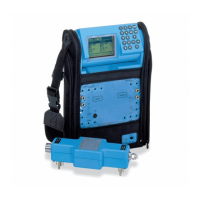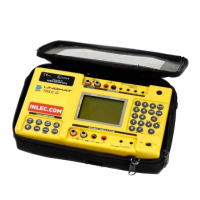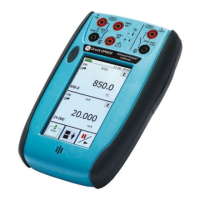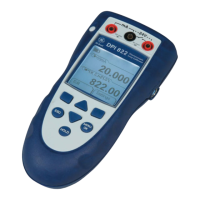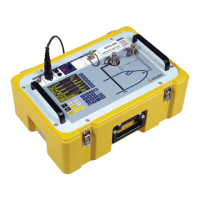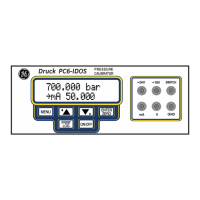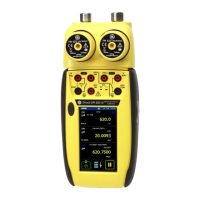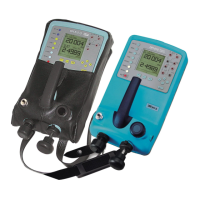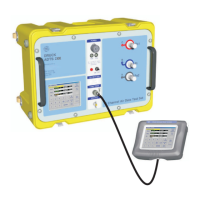10 Appendix Sound velocities
10-4 Edition 4 (05/2014) DMS Go+
To avoid any damages to the probe contact face, do not
turn or rotate the probe while it is in contact with the test
surface. If the surface is curved, pay attention to the cor
-
rect orientation of the acoustic separation layer of the
probe. To achieve a good coupling, let the coupling
paste ZGM melt for 2 to 3 seconds. The coupling paste
can ignite all of a sudden at temperatures over 550
°C.
This does not affect the coupling quality in any way.
– Do not leave the probe coupled for longer than 5 sec-
onds. On curved surfaces, good coupling can be
achieved by slightly rocking the probe.
– Remove any residual couplant carefully from the
probe before carrying out another measurement.
When using the HT 400A, it is absolutely
necessary that the attached table for cou
-
pling and cooling times be taken into consid-
eration.
Cooling with water may destroy the probe!
10.2 Sound velocities
The table shows typical sound velocities in different ma-
terials (longitudinal wave).
The actual sound velocities depend on the exact com-
position, temperature, and treatment of the material and
may vary largely, especially in the case of metal alloys
and plastics.
Material m/s
Aluminum (alloy) 6380
Aluminum (pure) 6320
Aluminum oxide 9000 … 9850
Lead 2150
Iron (pure) 5960
Epoxy resin 2600 … 2840
Glass (window glass) 5790
Glass (crown glass) 5800
Glass (safety glass) 6080
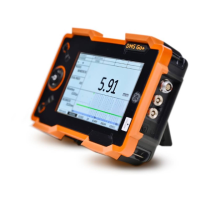
